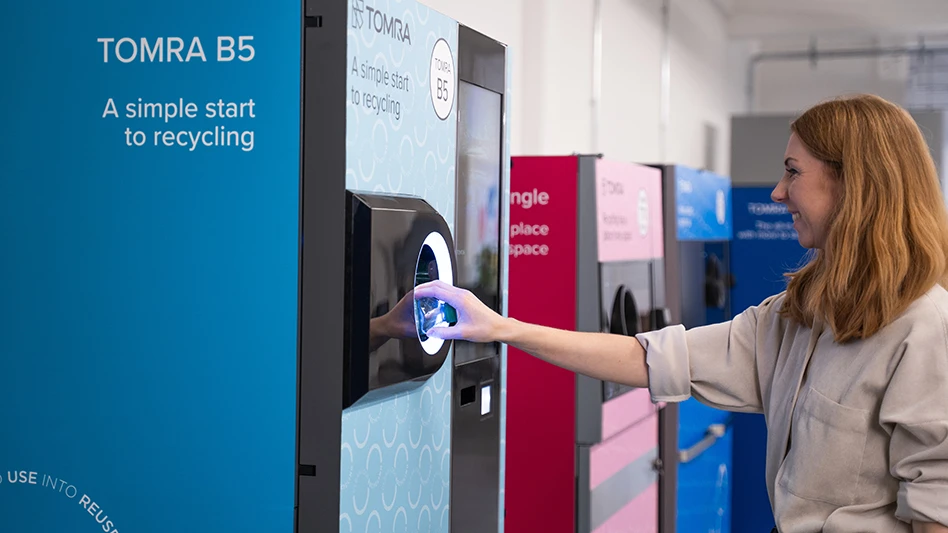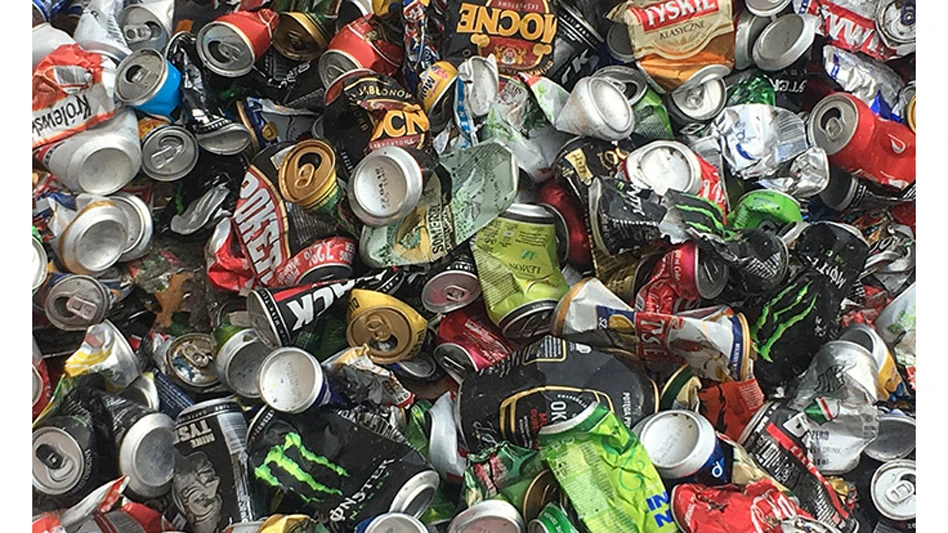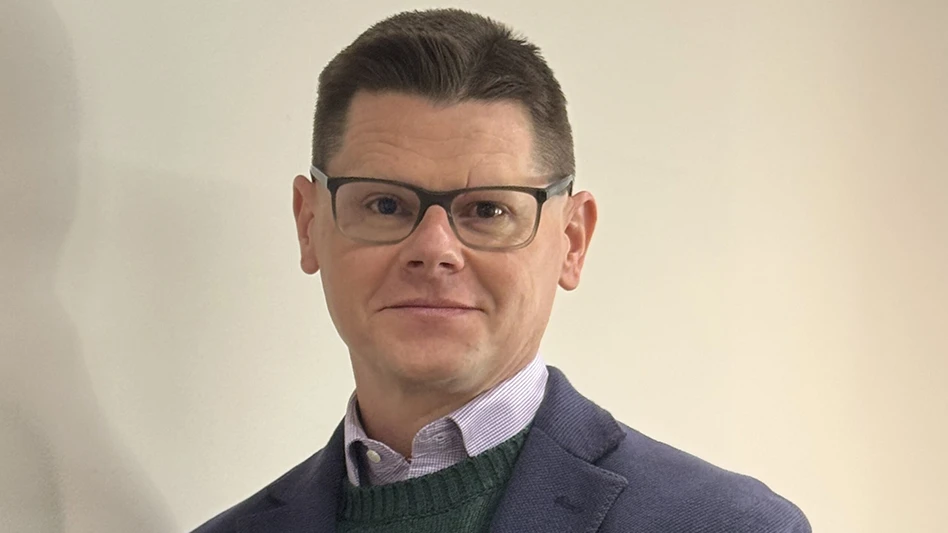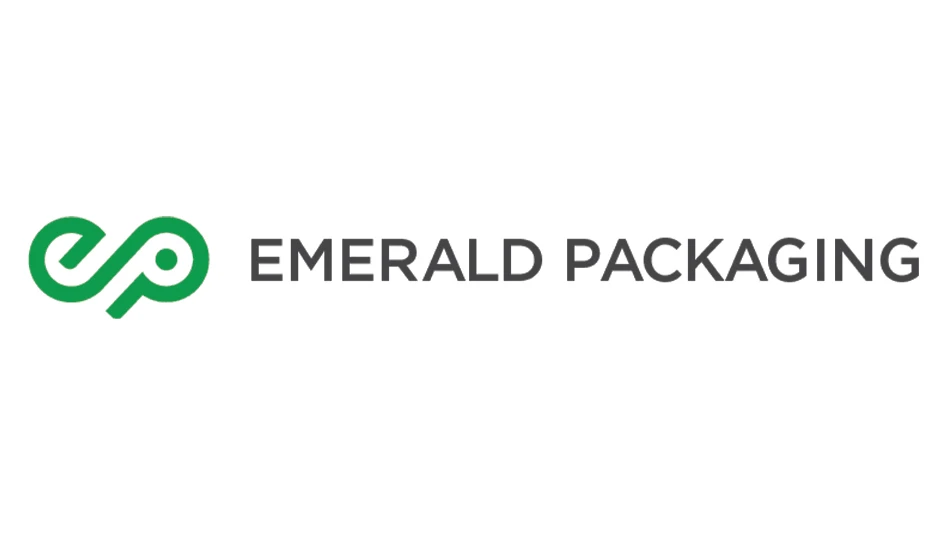
The transition away from labor-intensive blast furnace/basic oxygen furnace (BOF) steelmaking in the United States has involved highly visible layoffs and stranded assets. It also has entailed shifts in steelmaking supply chains and asset allocation with which most Americans would be less familiar.
As of this year, however, with the U.S. holding an electric arc furnace (EAF) steelmaking technology market share of about 70 percent, those transition years largely have given way to an era in which both jobs and funding have been available for a steel industry that has maintained a mill capacity figure of about 120 million metric tons from 2020-2024.
Rearranging the décor from rust to green

As climate scientists worked to recruit political and business leaders to champion the notion of decarbonization, it is unsurprising that the steel sector would be among those attracting attention.
In particular, blast furnace/BOF steelmaking entails mining iron ore and coal followed by several dust- and smoke-producing stages that create outsized carbon footprints.
In addition to decarbonization, clean air and water regulations and circular economy considerations, investor returns have helped recycled-content EAF steelmaking demonstrate its advantages in the U.S.
Becky E. Hites, an Atlanta-based steel industry consultant with SteelInsights LLC, says she has spent many years of her professional life developing business plan documentation supporting capital investments in new steelmaking capacity.
In a November 2024 presentation to a chapter of the Association for Iron & Steel Technology (AIST), Hites portrayed the extent of steel sector investments in the U.S., a presentation that includes a lengthy list of EAF investments but is devoid of a companion list of EAF mill closures.
Although a few U.S. EAF steel mills have closed during the boom era, Hites points to more than one factor as to why that list is short.
Perhaps most importantly, overall EAF steelmaking market share in the U.S. has grown from 14 percent in 1969 to 69 percent in 2024. In that type of landscape, the notion of overinvestment in the EAF sector still is being explored.
Hites also credits EAF mill operators for their attention to changes in the market and their willingness to anticipate what either their customers or regulators will want and take pro- active measures.
She singles out Nucor Corp., based in Charlotte, North Carolina, and Steel Dynamics Inc. (SDI), based in Fort Wayne, Indiana, for projects tied to green or low-cost energy.
Nucor is arranging to use solar power at its Henderson, Kentucky, mill, while SDI has made a significant wind power purchase in Texas.
Regarding customer needs, Hites says the U.S. EAF sector is not maintaining a “one-and-done” or “as-is” philosophy when operating melt shops. Rather, she says, some mill owners have managed their melt shops to demonstrate constant evolution designed to raise the bar. According to Hites, EAF mills in the aggregate have gone from optimizing for input costs, including No. 1 heavy melt, pit scrap, skulls, turnings and borings in the 1980s and ’90s, to managing for metallic purity aimed at diluting copper and other residuals by increasing scrap sorting and introducing carbon substitutes such as pig iron, auto bundles, direct-reduced iron and hot briquetted iron in the 2000s. Attentive company managers are another reason—along with environmental advantages and a level of capital intensiveness in the EAF sector below that in the blast furnace/BOF sector—why EAF mill closures are not commonplace in the American steelmaking landscape.
Static, but not unchanging
In her presentation, Hites portrays a U.S. steel industry that, despite mill closures and considerable investments in new facilities, has retained about 120 million metric tons of annual capacity since the start of the 21st century.
She notes that current production of about 80 million tons leaves a considerable gap between output and capacity, adding that within that gap, EAF mills run fuller than older integrated BOF mills. The capacity output gap will be tested by a long list of new projects, including one announced in March, when South Korea-based Hyundai Steel revealed plans to build a 2.7 million-metric-ton-per-year EAF mill in Louisiana.
The cost-effectiveness of EAF steelmaking can be measured in part by the rarity of an EAF mill being closed permanently in the U.S.
When Irving, Texas-based CMC permanently shuttered its EAF mill in Rancho Cucamonga, California, in late 2020, it was noteworthy in large part because a U.S. EAF mill closure is not a regular occurrence.
The California mill had been in the hands of a few different owners before CMC acquired it in 2018, and some of its melt shop equipment had decades of use behind it. Additionally, CMC stated it found the regulatory climate in California particularly difficult for a mill operator.
On the East Coast, recycled steel shipments to an EAF mill in Georgetown, South Carolina, ceased in 2019.
Like the Rancho Cucamonga site, the Georgetown mill had more than one owner. In 2017, the complex was purchased by the Liberty Steel business unit of London-based GFG Alliance.
That holding company along with its Liberty branded companies have an uneven track record in keeping BOF and EAF mills operating steadily. That has been true particularly since the collapse of financial firm Greensill Capital in Europe, with which the GFG Alliance conducted business.
In South Carolina, Liberty Steel at one time indicated it had purchased new EAF equipment to restart its melt shop in Georgetown. That effort, however, seems to have stalled after Liberty and one of its vendors squared off in dueling lawsuits.
Another EAF mill owned by Liberty, the decades-old former Keystone Wire & Rod mill near Peoria, Illinois, furloughed some 500 workers in December of last year, though Liberty indicated it hoped to restart the mill as soon as February.
Better prospects for either location could involve an ownership change. In February, a South Carolina TV station reported utility company Santee Cooper was suing Liberty Steel for what it claims are $7 million in unpaid electricity costs in the state.
The better capitalized steel companies in the U.S. occasionally will idle an older melt shop as Nucor did in Longview, Texas, in 2023 or Gerdau did in Sand Springs, Oklahoma, in 2011.
Outnumbering these limited closures in economic impact are continued woes in the American blast furnace/BOF sector. (See the sidebar, “A long way to the floor,” on Page 40.) As well, a steady level of investments continues in new EAF mills or the expansion of existing ones.

Commitments in place
In her 2024 presentation, Hites prepared a list of investments in EAF steelmaking capacity announced this decade.
The projects listed could add about 9.1 million tons of annual steelmaking capacity in the U.S., Canada and Mexico, she estimates. (Her list was prepared before the Hyundai announcement.)
Nucor repeatedly was listed, with mill projects planned, underway or completed in seven different states: Arizona, Florida, Indiana, Kentucky, Mississippi, South Carolina and West Virginia. The company also plans a new mill in the Pacific Northwest region, with the state not yet identified.
CMC has invested to expand its capacity in Mesa, Arizona, in part to supply customers that used to purchase steel from its shuttered mill in California. The company also plans to build an EAF mill in West Virginia.
SDI also has made two significant investments this decade—one involving a flat-rolled steel mill in Texas, while the other involves aluminum production in Mississippi.
Several single-location companies also are investing to compete with the larger deep-pocketed companies in the EAF sector, in addition to Hyundai Steel.
In Canada, Algoma Steel Corp. is ramping up its EAF mill in Ontario. It is built on the site of its sprawling blast furnace/BOF campus, though that method of steel production will come to a halt there.
Australia-based BlueScope Steel is investing to expand its single U.S. location in Delta, Ohio, adding a predicted 970,000 tons of annual EAF capacity.
Two other steelmakers with tenured BOF assets also are investing in the U.S. EAF mills. Pittsburgh-based U.S. Steel Corp. is adding capacity at its Big River Steel campus in Osceola, Arkansas, and Luxembourg-based ArcelorMittal (which used to own BOF mills in the U.S.) is a joint venture partner in a sizable EAF project in Calvert, Alabama.
Two startups could soon be part of the EAF landscape as well. In Arkansas, construction is underway at an EAF rebar mill to be operated by Hybar LLC.
In another announcement that occurred after Hites’ presentation, the California-based Pacific Steel Group has clarified it intends to construct an EAF rebar mill in Southern California.
While some steel mills across the U.S. have shuttered, the construction landscape also is active as investments in EAF-based production continue to keep pace.

Explore the Spring 2025 Scrap Recycling Issue
Check out more from this issue and find your next story to read.
Latest from Recycling Today
- ReMA urges open intra-North American scrap trade
- Axium awarded by regional organization
- China to introduce steel export quotas
- Thyssenkrupp idles capacity in Europe
- Phoenix Technologies closes Ohio rPET facility
- EPA selects 2 governments in Pennsylvania to receive recycling, waste grants
- NWRA Florida Chapter announces 2025 Legislative Champion Awards
- Goldman Sachs Research: Copper prices to decline in 2026





